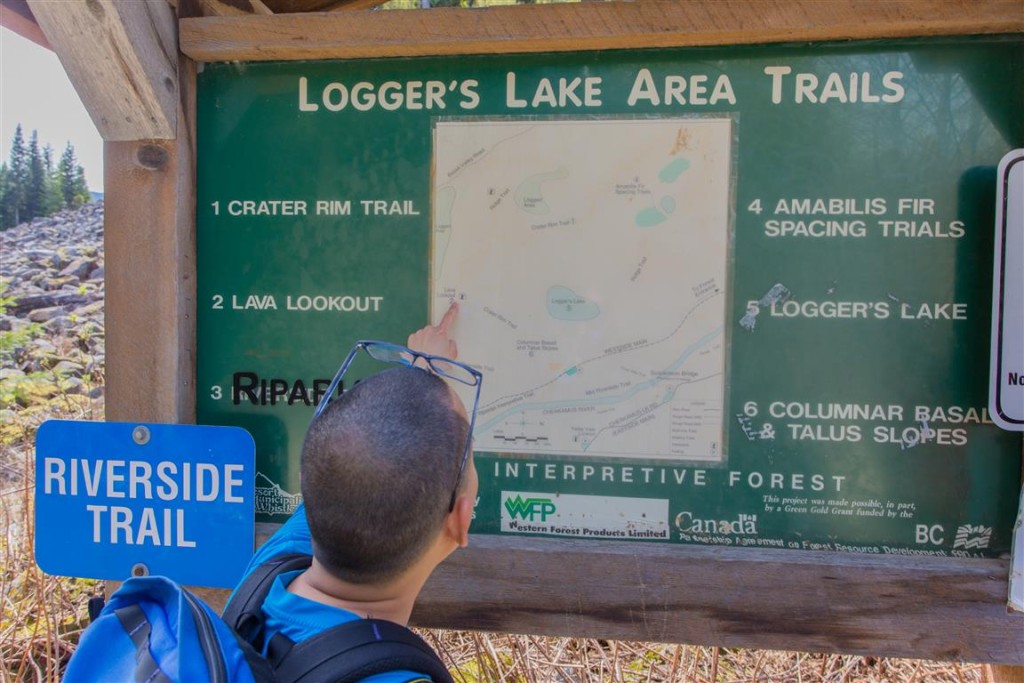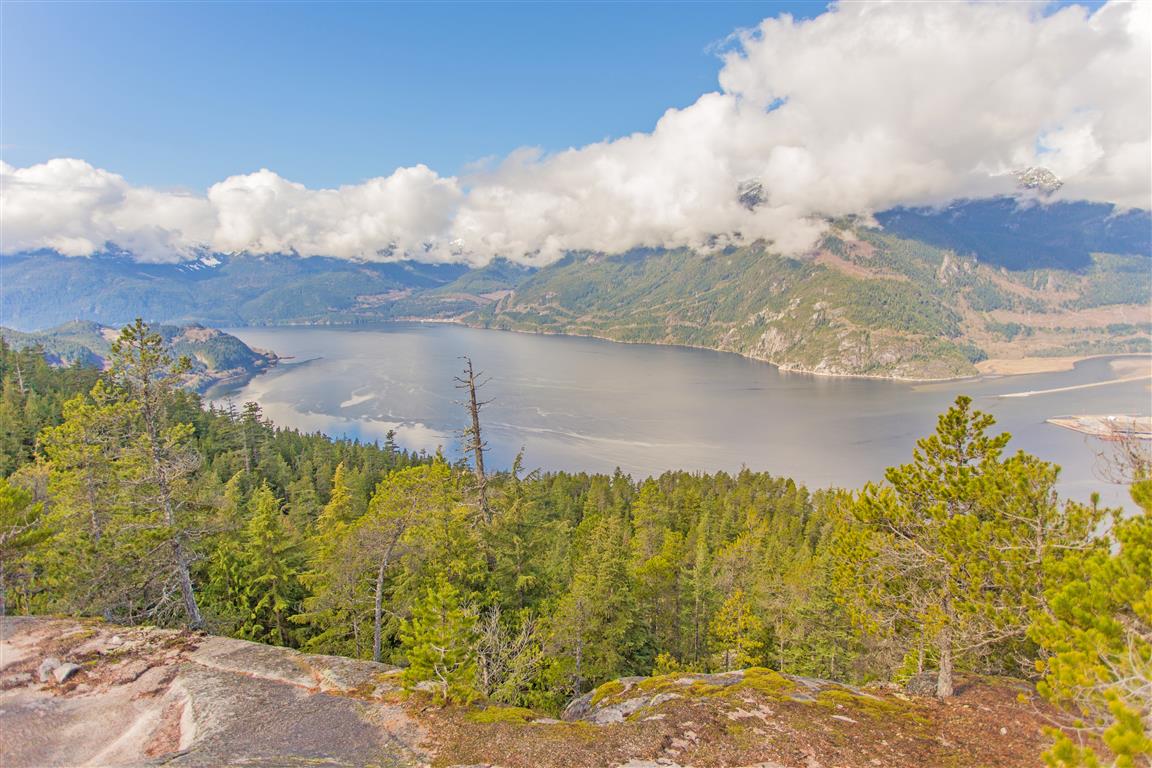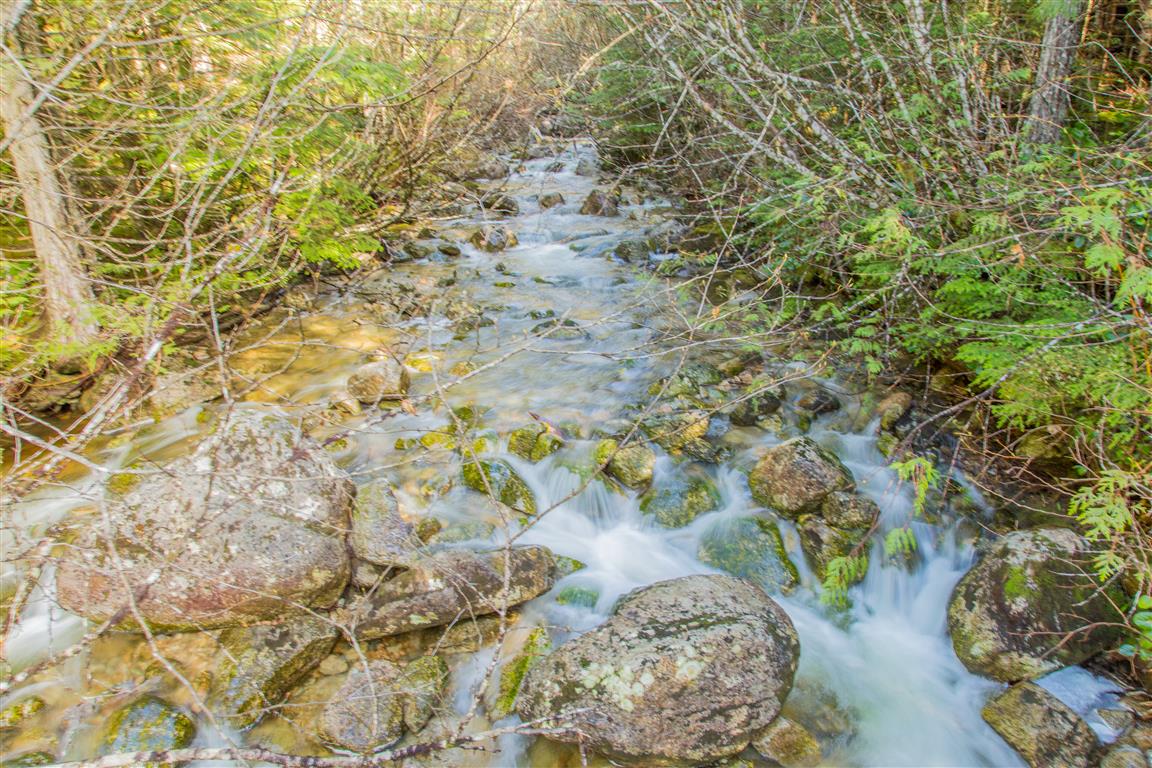Cheakamus Lake is a emerald-green, glacial-fed alpine lake, located in Whistler. The hike follows the Cheakamus River for about 3.5 kms and then follows the north side of the lake ending at Singing Creek, after another 4 kms. At this point the official trail ends. To go beyond, you will have to walk across a fallen tree over Singing Creek and do some bush-whacking (according to Park Rangers).
The emerald-green colour along with the back drop of snow-covered peaks, really makes for some nice scenery. The hike is not too strenuous, as it is mostly flat with some small ups and downs.
For directions, click on Trailhead and parking below.
NOTE: There is a 7 km pot-holed gravel road to travel. My 2-wheel drive car made it with no difficulty, but I would imagine, it would be a challenge in snow or in wet conditions. Even during the best weather, take it slow due to the large number of pot holes.
Tip: shut off fresh air, so you don’t get dust in your car.
Distance: 15 km (return)
Time: 3-6 hours
Low point: 832 m
High point: 899 m
Elevation gain: 67 m
Cumulative Elevation gain: 360 m
Trailhead and parking: 50° 02’ 31” by 122° 59’ 23” (Google Maps and navigation)
The route with downloadable gpx…
The photos…
This is the bridge to cross Singing Creek…

★★★★★★★★★★★
Before heading out on your hike, make sure you are well prepared. This means, having the TEN ESSENTIALS. It is also important to leave a trip plan (route details and estimated return time) with someone you trust.
Bring your smartphone, fully charged and put it in airplane mode while hiking. I always bring back-up battery packs for extra piece of mind. It is highly recommended that you bring a GPS device; I use my smartphone with a GPS app (Backcountry Navigator). The GPS will work in airplane mode. Learn how to use it before your hike.
For anyone new to hiking, there is a rule to which hikers follow; it is called “Leave No Trace” or LNT. The concept is generally to pack out what you pack in and respect nature, so all future visitors can enjoy what you have enjoyed.
To learn more about LNT, please check out this BLOG by a certified LNT Trainer.




























































